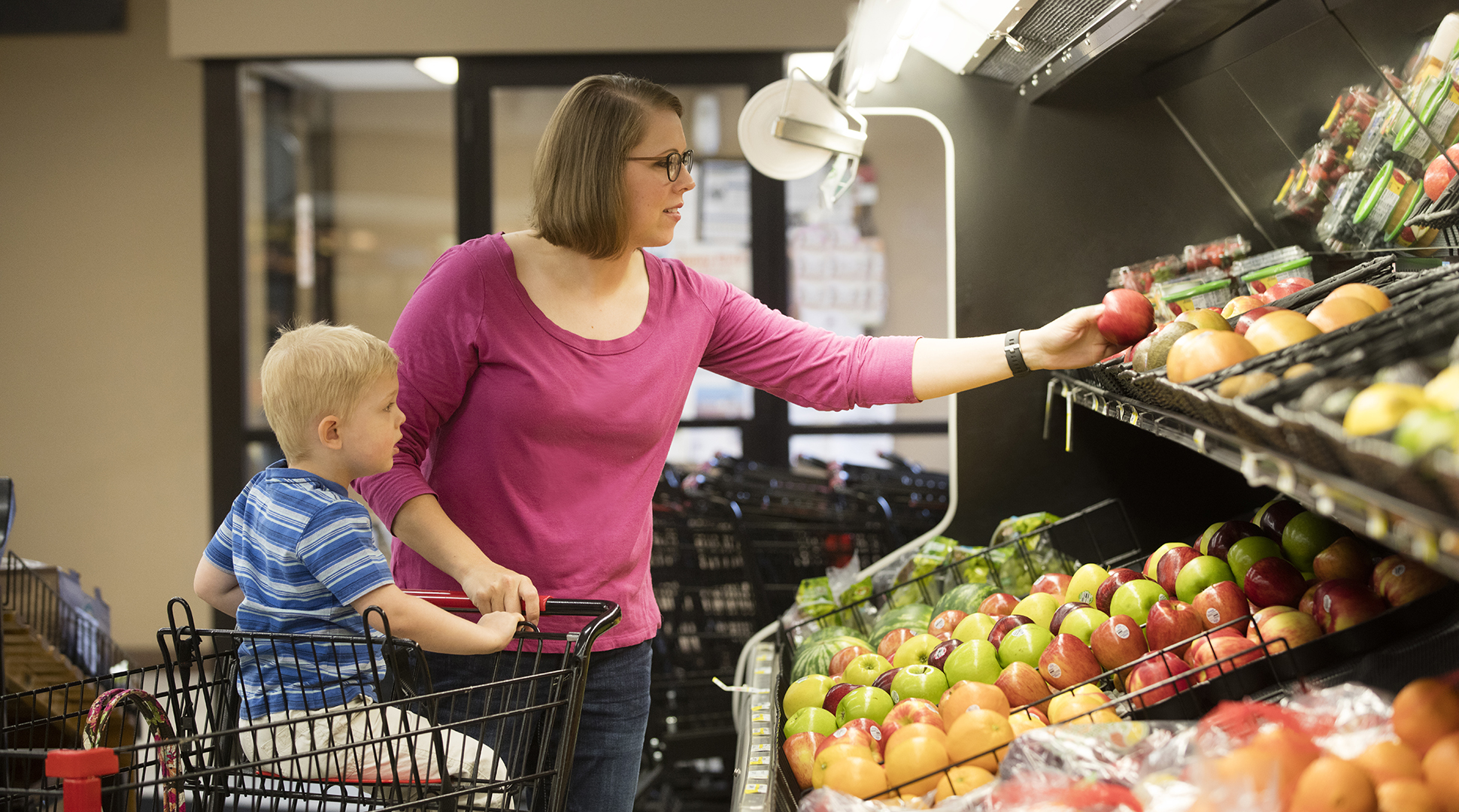Julie Garden-Robinson, Ph.D., R.D., L.R.D
I went to the grocery store the other day on a more extended trip. I noticed that I only had three bags of groceries for the price I used to pay for four bags.
I buy some of the same things and some different things every week.
I had heard some media reports about increasing prices. Carrying my bags to our car hit home.
When I visited with my neighbors, they were talking about food prices, unsolicited from me.
“I didn’t buy that much and it came to $91!” my neighbor exclaimed.
My other neighbor listed several foods she purchased while on a trip out of state.
“The bill for those few items was $75,” she said.
This conversation made me curious about just how much prices have increased.
I checked in with the U.S. Department of Agriculture Economic Research Service (USDA ERS) to see if our casual observations agreed with data-based information from their nationwide economic analysis.
The price of food away from home was 4.7% higher in August 2021 compared to August 2020. Food purchased from grocery stores was 3% higher in August 2021 than August 2020, according to the USDA ERS.
Further, in 2022, we can expect an increase of up to 4% for food-away-from-home prices and 2.5% for food-at-home prices. Some food categories, especially protein foods, are growing at a faster rate of as much as 6%.
These changes affect how many bags of groceries a consumer can buy on a given budget.
However, based on the data, cooking and eating at home is less expensive than eating at a restaurant.
What’s a savvy consumer to do when purchasing and preparing foods? We all need to eat, of course, and making healthful food choices plays a major role in our health.
- Plan meals a week or more at time. Meal planning helps relieve the stress of not knowing what to cook at the last minute. By planning meals with a variety of foods, your family is more likely to get all the nutrients needed each day. Planning your menus helps you make use of the foods that are in season and/or on sale too.
- Check out the store specials online or on the flyers, and use the specials to inspire your menus.
- Shop with a list and try to avoid the many temptations.
- Avoid shopping when excessively tired. When you are tired, you may be more likely to purchase convenience items and make poor food choices.
- If possible, shop alone and/or go only once a week. Children can prompt many purchases. They are known for their “pester power” according to food marketing specialists. On the other hand, children can learn a lot about food during shopping trips. I used to let my children pick one item as we walked around the store. They were not always happy about that rule, and sometimes they pondered their choice for a long time. I think they were trying to wear me down.
- Be sure to have a snack before going grocery shopping to prevent impulse buys. Most of us do not make the wisest choices when we are hungry.
- Compare the unit prices for the same product from different brands to determine the best size and brand for the money. Unit prices are the small labels on the front edge of the shelves in the grocery store. However, remember that buying the larger amount with the smaller unit price might not always be your best decision. You may end up buying a product that you grow tired of eating, or the product may spoil before you eat it all.
- In general, avoid buying nonfood items at the grocery store. Unless they’re on sale, the prices of soaps, shampoos and paper products can be inflated.
- Be aware of checkout counter mistakes. Look carefully at your receipt to make sure you get the sale price on sale items. Check your change too.
We have more resources at NDSU Extension and Extension staff to help. Check out www.ag.ndsu.edu/food and see the section on “Food Preparation.” Resources include five weeks of budget-friendly meals, a series called “Pinchin’ Pennies in the Kitchen” and much more.
Julie Garden-Robinson, Ph.D., R.D., L.R.D., is a North Dakota State University Extension food and nutrition specialist and professor in the Department of Health, Nutrition and Exercise Sciences.
